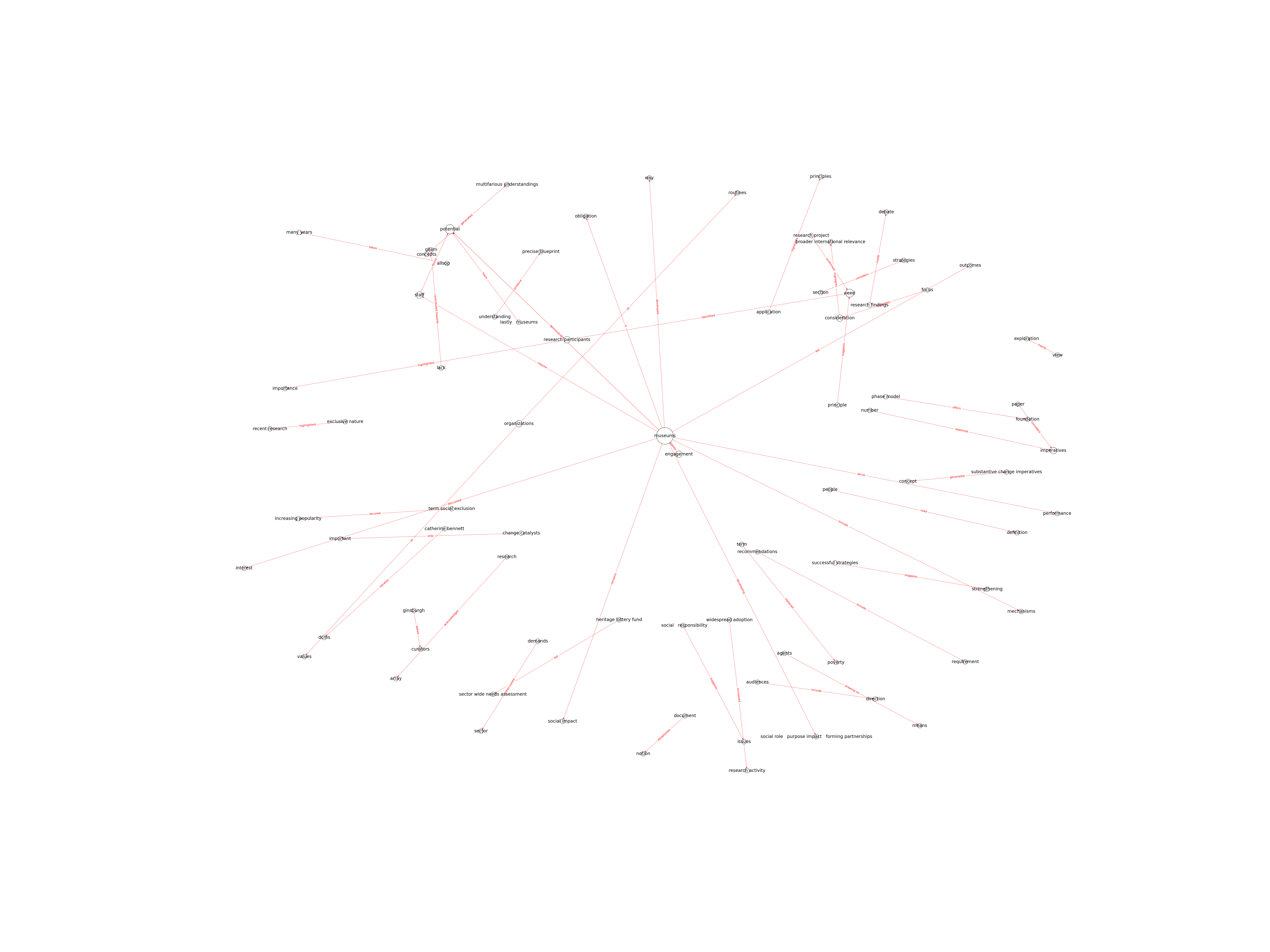| Id | 146 | |
| Author | Sandell, R., | |
| Title | Social inclusion, the museum and the dynamics of sectoral change. | |
| Reference | Sandell, R. (2003). Social inclusion, the museum and the dynamics of sectoral change. Museum & Society, 1(1): 45-62. |
|
| Keywords | Social inclusion; Museums; Organizational change |
|
| Link to article | https://journals.le.ac.uk/ojs1/index.php/mas/article/view/13/53 |
|
| Abstract | In the last two years, the term social inclusion has been widely adopted, though frequently misapplied, within UK museum sector policy and rhetoric. Originally understood by many to be simply a synonym for access or audience development, (concepts that most within the
sector are at least familiar, if not entirely comfortable, with), there is now growing recognition that the challenges presented by the inclusion agenda are, in fact, much more significant and the implications more fundamental and far-reaching. A growing body of research into the
social role and impact of museums suggests that engagement with the concepts of social inclusion and exclusion will require museums - and the profession and sector as a whole - to radically rethink their purposes and goals and to renegotiate their relationship to, and role within, society. In short, if museums are to become effective agents for social inclusion, a paradigmatic shift in the purpose and role of museums in society, and concomitant changes
in working practices, will be required.
Though the focus of this paper, the instigation of change, draws upon government policy development and research within the UK context, a consideration of the relevance of
the concept of social inclusion to the museum highlights the broader, international relevance of this discussion. |
|
| Metodology | This paper builds on research undertaken for the Heritage Lottery Fund as part of their strategic assessment of the needs of the museum sector7. Interviews were conducted with Jocelyn Dodd, Nottingham City Museums and Galleries, Fran Hegyi, Scottish Museums Council and Julie Allsop, Lincolnshire Museums. In addition, the paper draws on data from a project undertaken by the Research Centre for Museums and Galleries (RCMG), University of Leicester, for the Group for Large Local Authority Museums, during 2000. The research team8, were commissioned to explore the contribution of the GLLAM museum services to social inclusion. Telephone interviews with 22 senior museum managers of large local authority museum services were conducted and follow-up site visits used to document and analyse case studies of individual museum projects. |
Technique | Interview; Case studies; Visits |

Note: Due to lack of computing power, results have been previously created and saved in database


